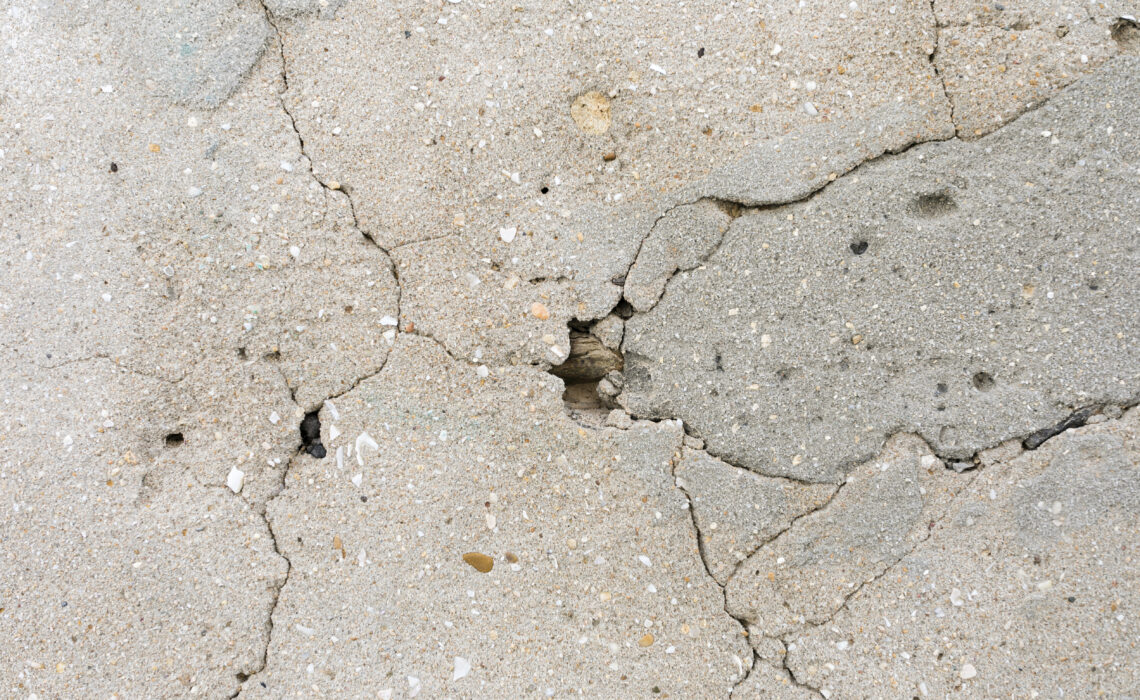
You see those fine lines starting to appear on that once pristine driveway, the smooth surface of your home walls, or perhaps the residential road next to your house? Where do they come from? And more importantly, how can you effectively mitigate their effects? Welcome to our comprehensive guide on the types and uses of materials for effective crack sealing. We delve into a universe less travelled in most home improvement adventures. So, buckle up as we take you on an expertly informed exploration of the most effective materials for sealing cracks.
These materials, frequently used by professionals daily, aren’t as esoteric as they sound. Knowing which ones to use when you’re tackling a simple DIY task or instructing a contractor, can significantly alter the outcome of the repair job at hand. Every imperfection marring the smooth surfaces around us tells a tale of time, wear, and often, neglect. Our context is in providing you insights about the best materials you can use to restore these surfaces back to their former glory.
Are you a fledgling DIY-er eager to spruce-up a weary-looking surface, a seasoned home improver or a conscientious homeowner wanting to communicate effectively to your contractor? Our earnest desire is to empower you with knowledge so you can make informed decisions leading to cost-effective and long-lasting solutions.
Characteristic Features of Top Crack Sealing Materials
What makes one crack sealing material preferably over another? And why do professionals choose certain materials for specific tasks? Clarity on these queries forms the foundation of demystifying the aspects of material selection. We’ll talk about durability, flexibility, temperature tolerance and adhesive qualities among others.
Depending upon the types of surfaces (concrete or asphalt), different materials are used. Therefore, understanding the traits and application areas of each material is essential.
You’ll also learn why it isn’t recommended to use the same material across various surfaces or even different types of cracks. Knowing what works best where could potentially save you both time and resources in the future.
The Range of Crack Sealing Materials
This section brushes on the variety of materials available in the marketplace. Starting from elastomeric sealants that promise flexibility, we’ll discuss a range of other options such as asphalt sealers, silicone sealants, acrylics and more.
Awareness of these materials not only gives you vocabulary but also the confidence to discuss these requirements clearly with a professional if need be.
Let’s not forget about the environment-friendly options that add on to the benefits. The greener alternatives may cost a bit more but come with a guilt-free conscience and often better features.
Remembering the Cost Factor
Is cost effectiveness a vital aspect while choosing the material, or is longevity your focus? An in-depth comparison of the typical lifespan of different materials in contrast with their costs helps answer these questions.
Bear in mind, cheaper isn’t always better, especially if you’re considering longevity and resilience.
But let’s not overlook your budget. There are budget friendly options available which provide considerable effectiveness; though they may not be the top-of-the-line, they are indeed serviceable.
When to Use What?
This section delves into understanding the application of each material and their perfect scenario. Such as elastomeric sealants are ideal for concrete cracks because of their elasticity and weather resistance properties, while asphalt sealants fare much better on blacktop-based surfaces.
The right material could work wonders and drastically increase longevity of the repair job, whereas the wrong one could speed up the formation of new cracks.
Pros and Cons of Each Material
Finally, here, we bring you a side-by-side comparison of the advantages and drawbacks of each type of crack sealing material, assisting you in making an even more informed choice.
From resistance to external factors like UV rays and weather, compatibility with the type of surface, longevity, cost and environmental impact – understanding each pro and con can help you align your choice with your specific requirements.
Conclusion – Sealing the Cracks Effectively
To summarize, becoming familiar with the types and features of crack sealing materials, understanding their applications, appreciating the varied costs, and measuring their pros and cons are all crucial aspects of a successful sealing job.
Remember, the choice of material significantly influences the durability of the repair. Whether you’re an enthusiastic DIY-er, a savvy home improver, or a homeowner negotiating with a contractor, you now possess the knowledge to make an informed decision.
In the end, while catching that crack early and using an appropriate sealant might seem like a bit of a hassle now, it could potentially save you from more costly repairs down the road.





